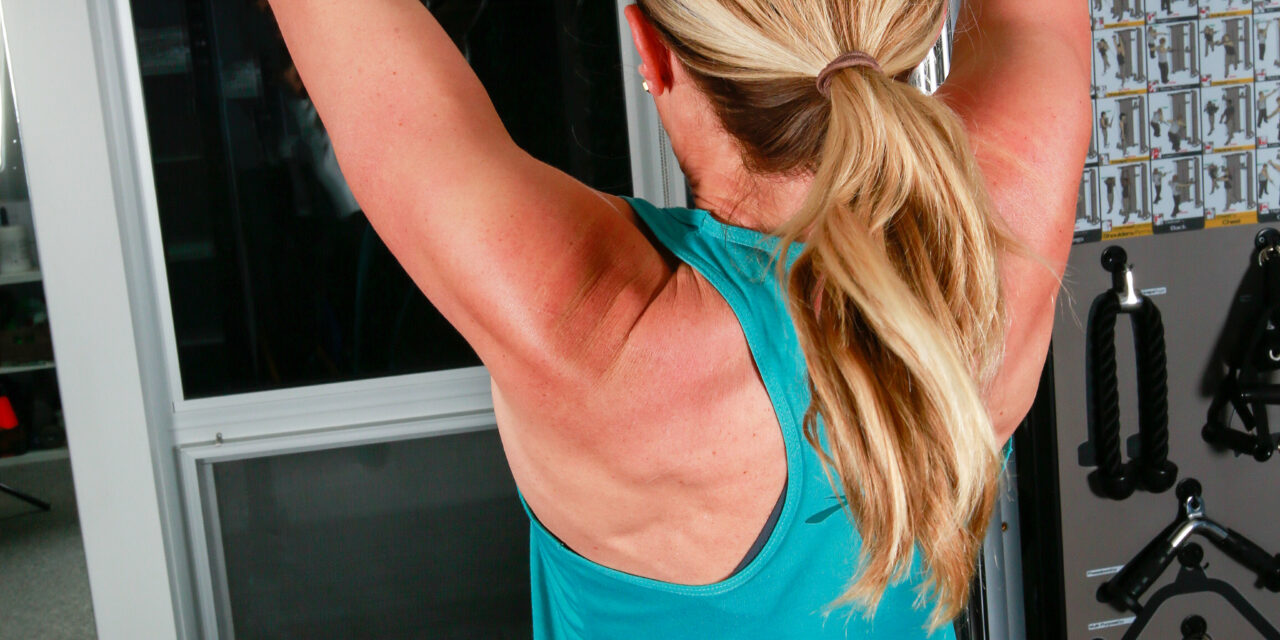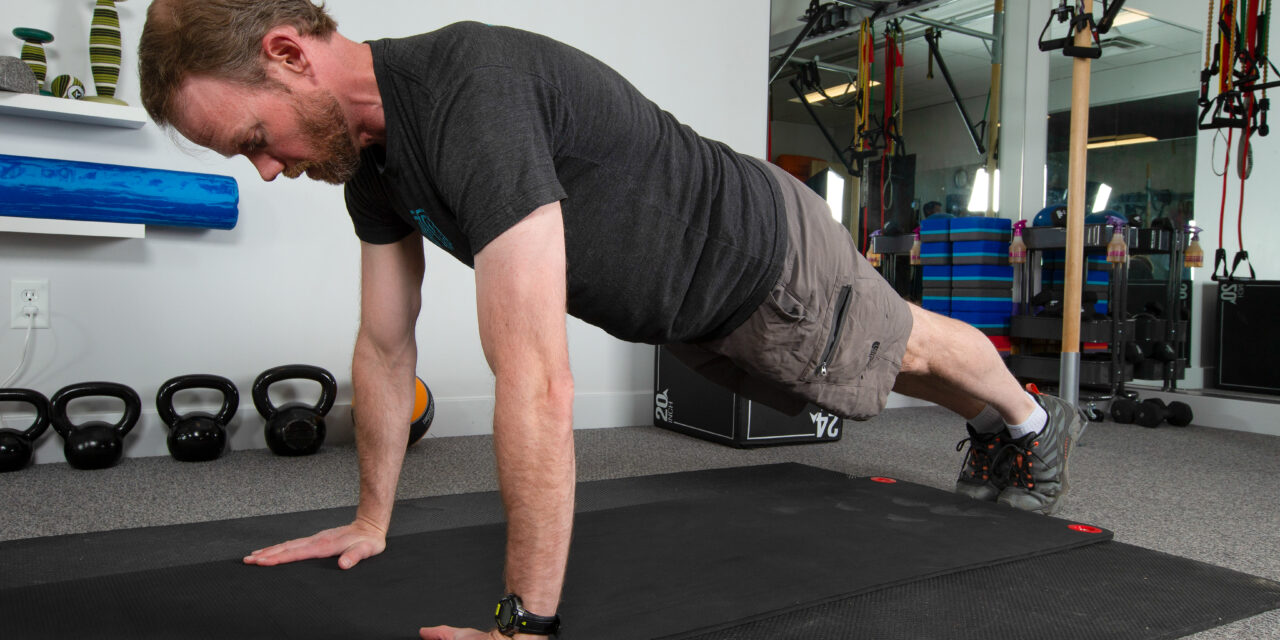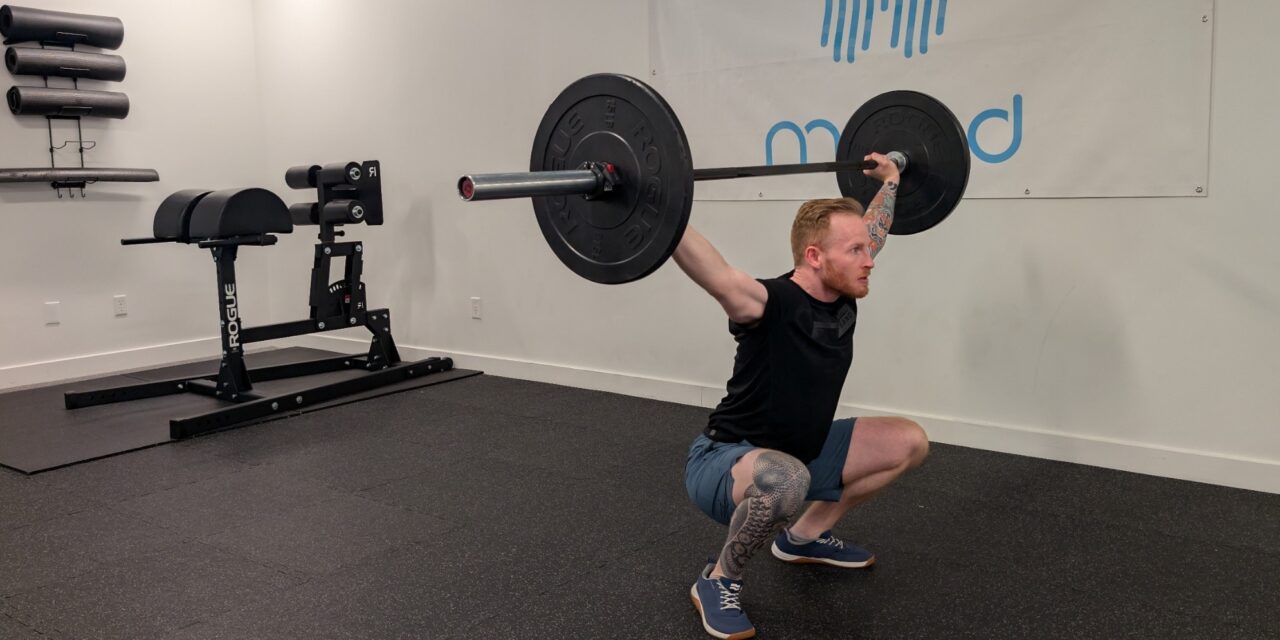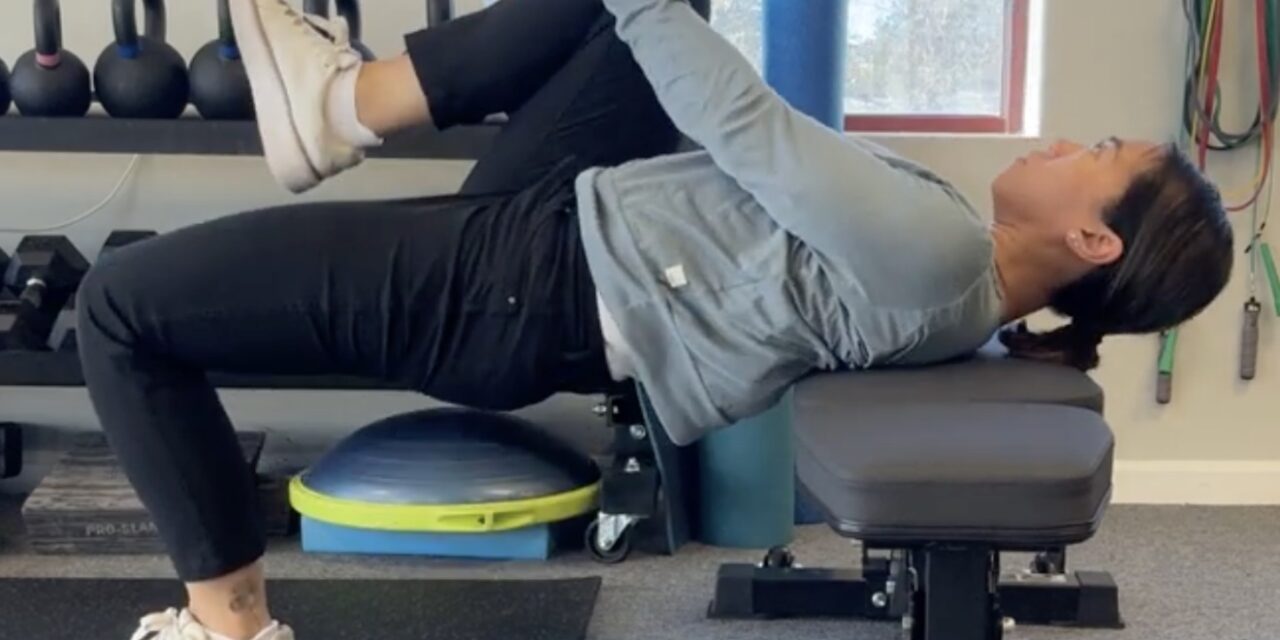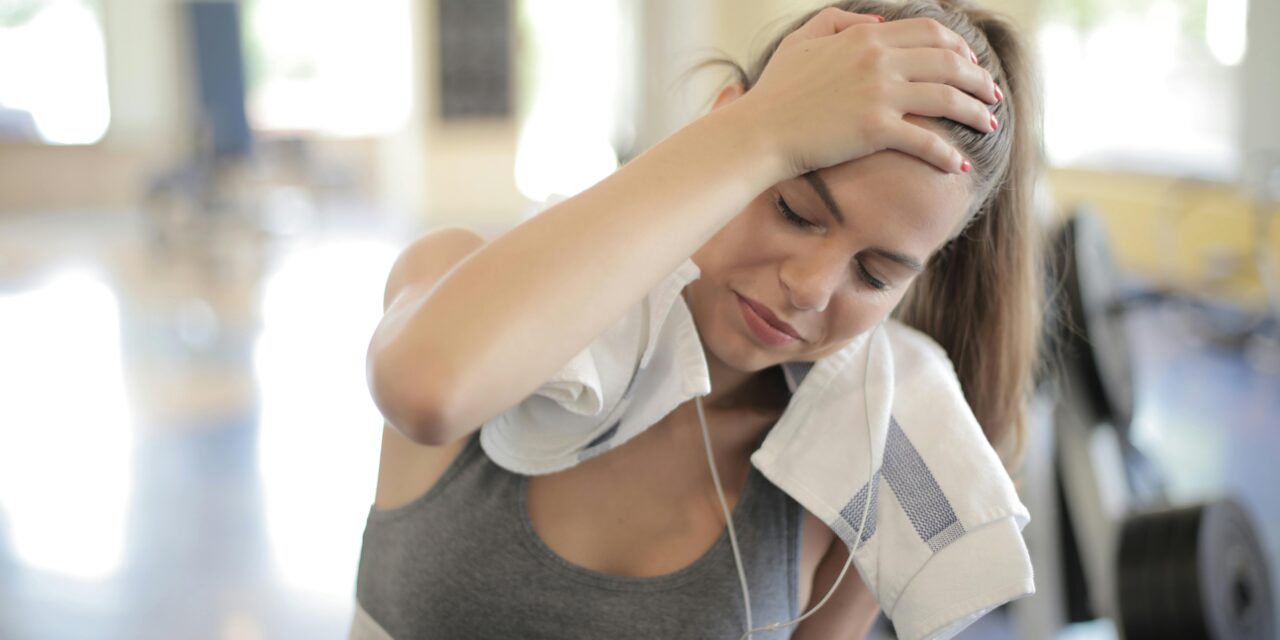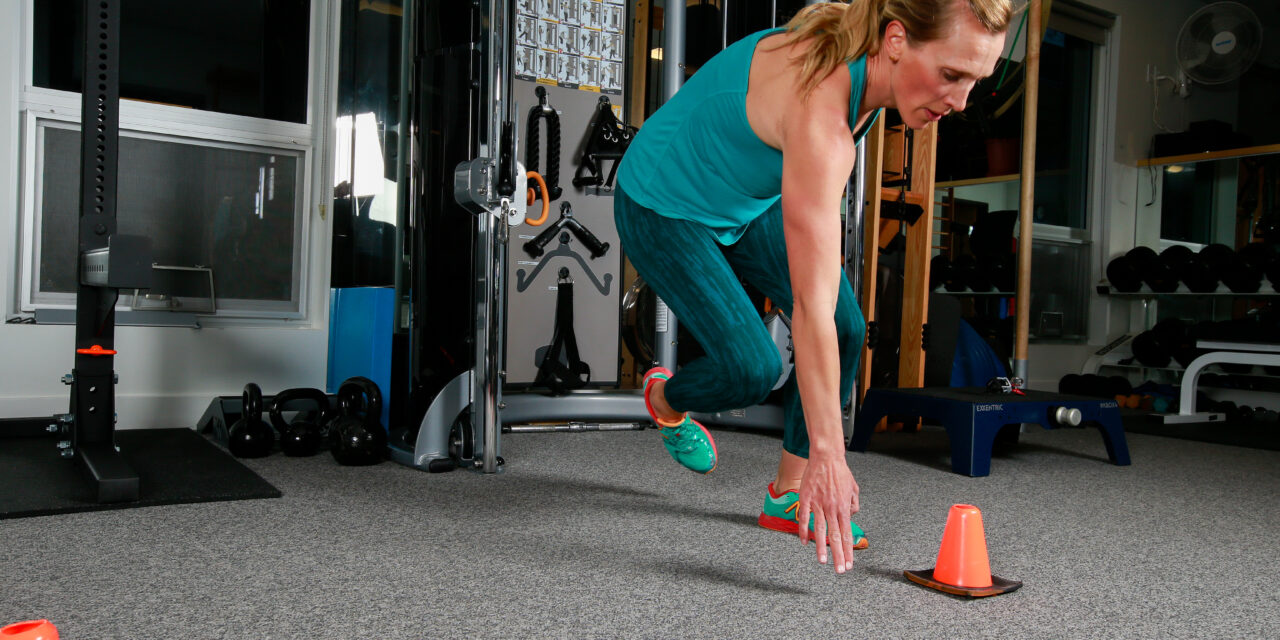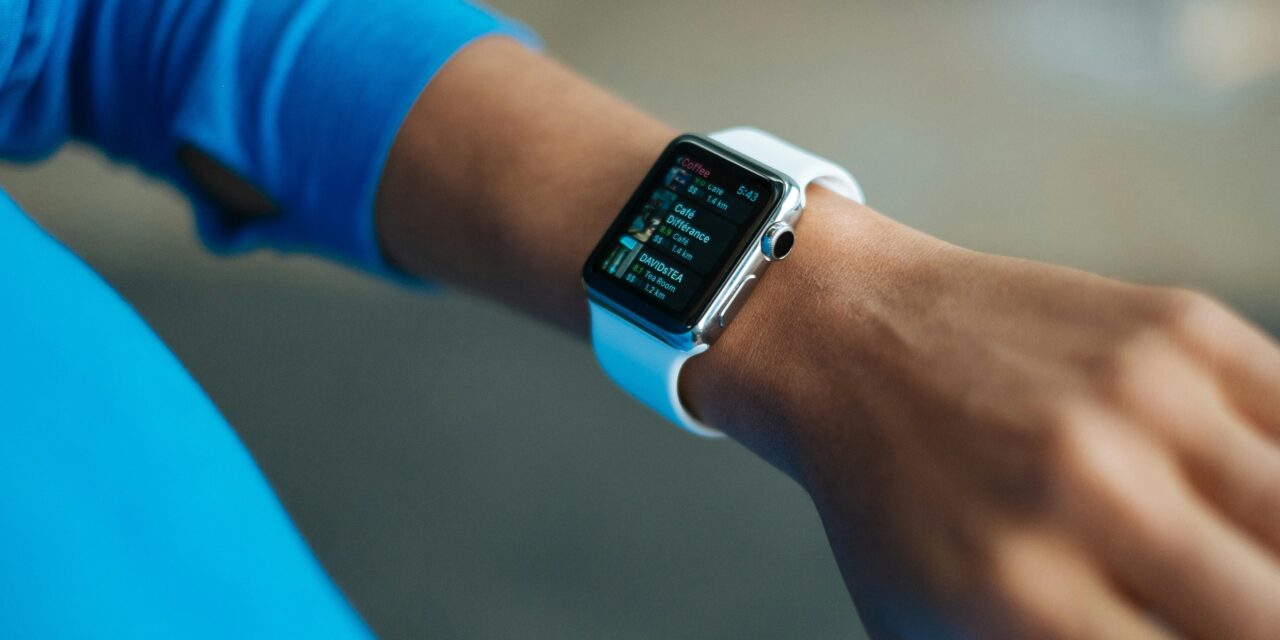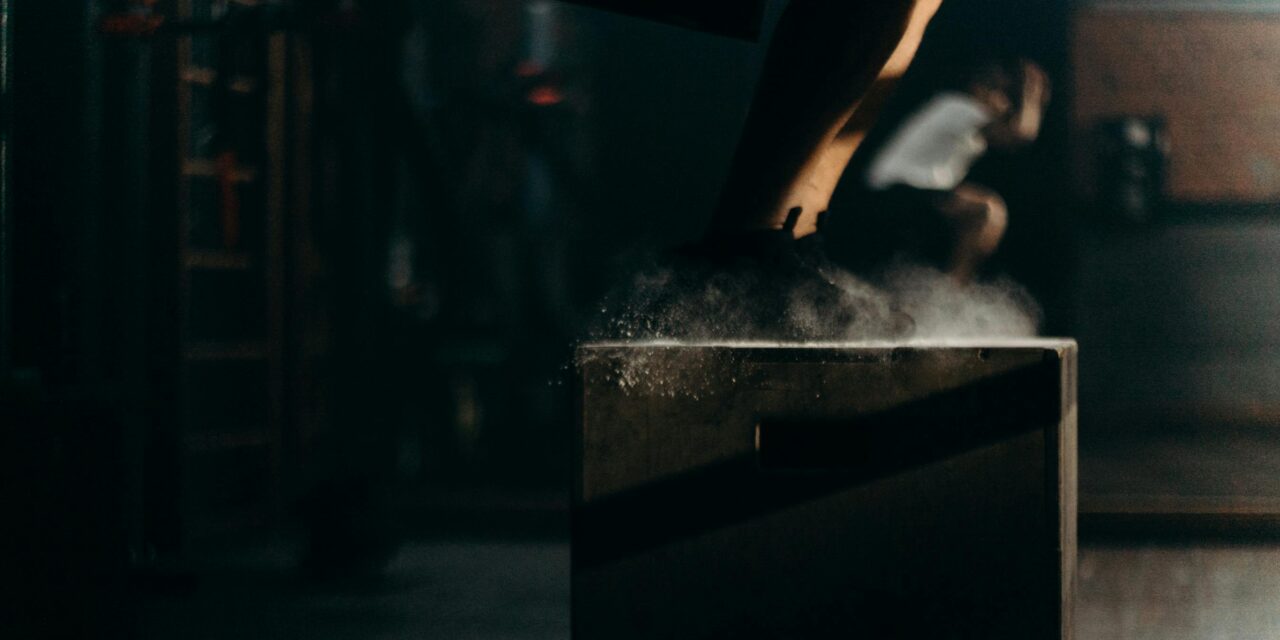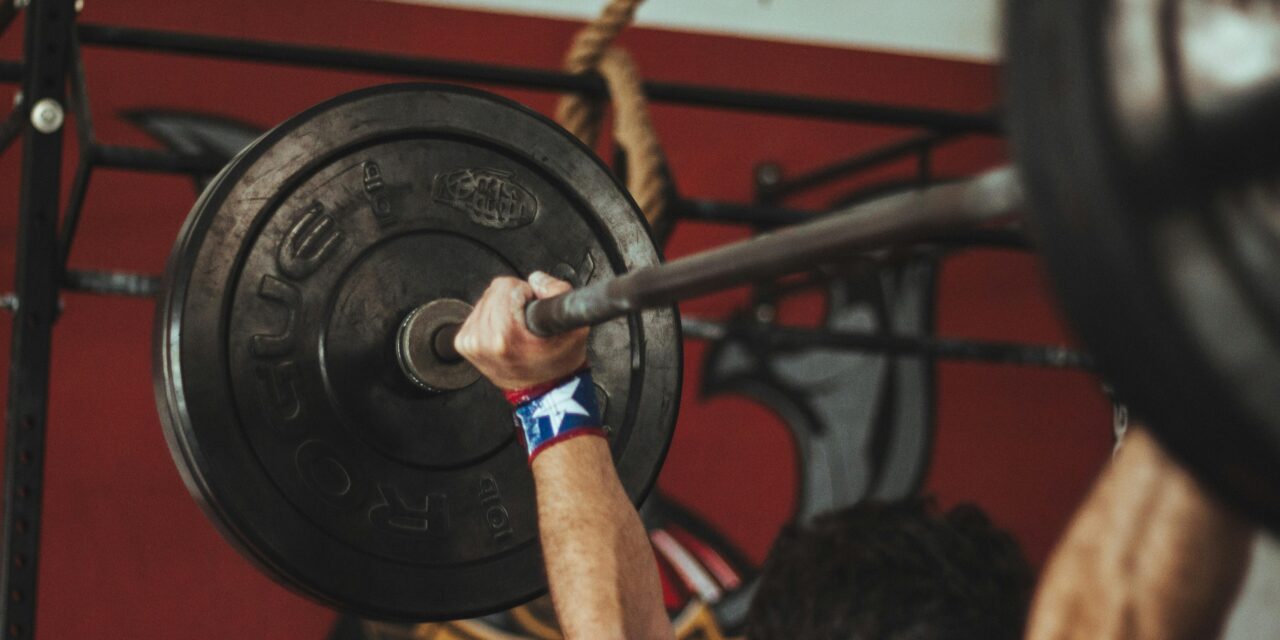By: Erica Tran, PT, DPT, OCS In the world of fitness and health, one often-overlooked measure of vitality is grip strength. While it might not seem like the most glamorous indicator, research shows that grip strength is a powerful predictor of overall health, particularly cardiovascular health and frailty. This is especially significant for women, including...
Which Body Weight Exercises Burn The Most Calories?
December 27, 2024
Getting a workout in at home and on the road can be a challenge due to lack of access to equipment, space, and/or outdoor weather conditions. When these barriers to exercise are present we encourage participants to find unconventional forms of resistance, such as a backpack or bag, or choose from effective body weight exercises. ...
Overhead Mobility For The CrossFit Athlete
December 27, 2024
By Dr. Ian Nay, PT DPT OCS Getting a barbell into a proper overhead position for movements such as the snatch and overhead squat can be difficult for many athletes; I know I personally struggled with this early on in my CrossFit career. The techniques described here are some of the best and proven methods...
Return to Sprinting and Jumping After Hamstring Strains: A Guide for CrossFit Athletes and Runners
December 24, 2024
By: Erica Tran, PT, DPT, OCS Hamstring strains are among the most common injuries for runners and CrossFit athletes, impacting performance and sidelining athletes for weeks. Returning to sprinting, shuttle runs or box jumps after such an injury requires a structured, progressive approach to minimize the risk of re-injury. Based on the work of Hickey...
Headache Treatments For The Athlete And Office Worker
December 17, 2024
By Dr. Ian Nay, PT DPT OCS Overview Headaches are extremely common in our population, especially in athletes and people who spend a lot of time on the computer or phone. Examples of athletes who may have these symptoms are football lineman who are looking up constantly, cyclists, CrossFitters and weightlifters who perform overhead motions...
Overtraining In Rock Climbing
December 17, 2024
By John Crawley, PT, DPT, OCS Overtraining syndrome (OTS) is a condition that arises from an imbalance between training, recovery, and the body’s ability to adapt. In the context of rock climbing, which is a demanding sport requiring strength, endurance, and mental acuity, recognizing the signs and symptoms of OTS can help to avoid injury...
By Kristin Carpenter, PT, DPT, OCS, FAAOMPT The hormonal decline resulting from the menopausal transition (ie: perimenopause) is characterized by detrimental impacts on health including: increased cardiometabolic risk factors (insulin resistance, Type II diabetes, increased central adiposity, weight gain), reduced mental and physical health (depression, loss of lean muscle mass, reduced bone density and increased...
What Is The Best Predictor Of Longevity?
December 9, 2024
Quality of life and health span have joined lifespan as optimal goals for aging. Lifespan describes living the years of your life at an optimal level of health and wellness vs. the gradual then steep decline that normally follows aging. Losses in health span and normally associated with losses in physical independence. The low hanging...
Why Do Older Adults Move Slower?
December 6, 2024
As we age many factors limit our ability to move as quickly as we used to including disease processes, medications, neurological changes, balance impairments, and importantly weakness. Age related weakness is a major contributor to falls, less independent living, and lower quality of life in older adults. Age related muscle loss begins for most adults...
Crush Knee Pain, Dominate the WOD: Patellofemoral Pain (PFPS) Solutions for CrossFitters
December 4, 2024
By: Erica Tran, PT, DPT, OCS Patellofemoral Pain Syndrome (PFPS), often referred to as “runner’s knee,” can be a frustrating and limiting condition for CrossFit enthusiasts. This common knee pain, caused by issues with the alignment or function of the kneecap, can flare up during squats, box jumps, running or even step ups. But the...

